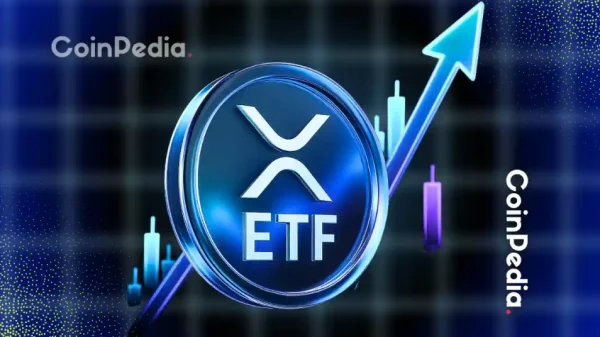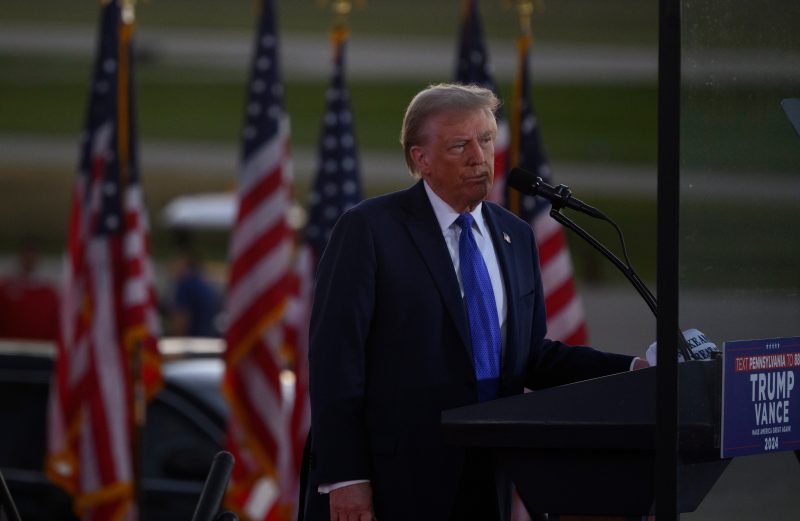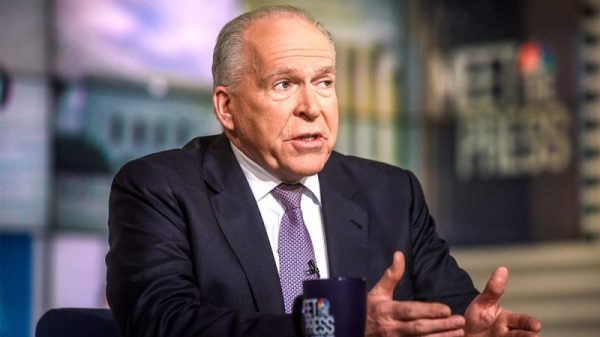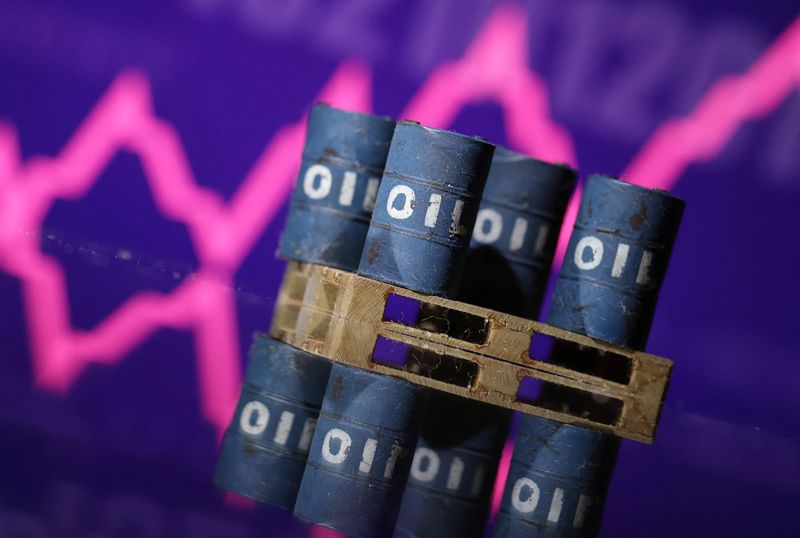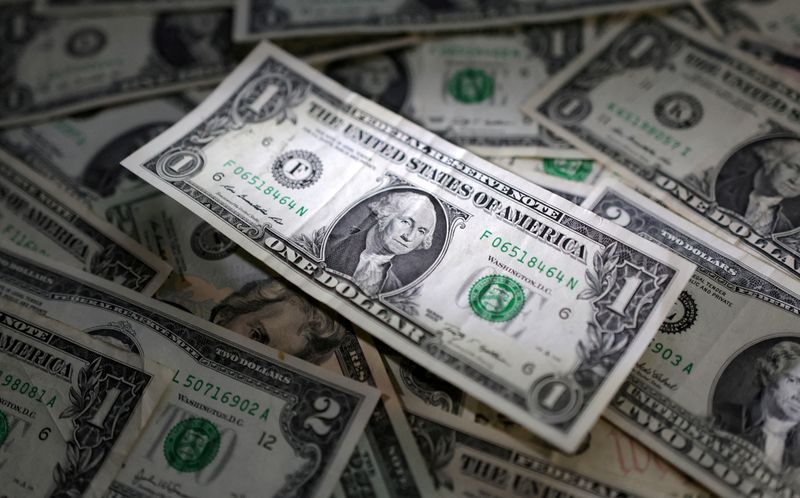
By Mike Dolan
LONDON (Reuters) – The U.S. dollar’s latest surge has forced central banks around the world to lean against it, selling greenback reserves to stabilise local currencies but potentially exaggerating dollar strength into the bargain and sowing problems down the line.
If hard cash reserves, typically banked in U.S. debt, are run down sharply, it may just aggravate Treasury yields higher at the margins and bolster one of the main reasons for dollar strength in the process. Until tightening Treasury yields eventually force foreign capital out of “exceptional” U.S. markets at large, the process could spiral from here.
The Federal Reserve’s “hawkish cut” on Wednesday provided the latest spur to the greenback by forcing markets to rethink the rate horizon next year and suspect the Fed’s new 4.38% policy rate may now not get back below 4% in the current cycle.
As U.S. Treasury yields climbed on both that hawkish message and higher Fed inflation forecasts, the dollar went with them – jarring many major emerging markets still dependent on significant dollar funding and fearful of promised tariff hikes from a Donald Trump White House.
The Fed’s own broad trade-weighted dollar index – up almost 40% over the past decade – is again stalking the record highs set in 2022, with the inflation-adjusted “real” index less than 2% from all-time highs too.
The latest twist has proven painful for many emerging economies in particular, with many coping with both looming trade threats and domestic crises.
Brazil is a standout, where the real has lost more than 20% of its value this year and 12% of that in the past three months – hit by rising budget concerns even in the face of a 100 basis point central bank rate rise this month.
The currency shock has forced the central bank to intervene in the open market and it sold $5 billion in a surprise second auction on Thursday – the largest of its kind since the Brazilian currency floated in 1999.
The central bank has now held six spot interventions since last week, selling a total of $13.75 billion, in addition to three dollar auctions with repurchase agreements of $7 billion.
But Brazil’s far from alone.
Exaggerated by a recent government crisis, South Korea’s won has dropped to its lowest in 15 years, while India’s rupee hit a record low and Indonesia’s rupiah struck a four-month trough.
All three central banks actively sold dollars on Thursday along with strong verbal warnings of further action.
China, which holds the world’s biggest hard cash stash and is the second biggest holder of Treasuries, is also suspected to have sold dollars on Thursday to shore up the yuan’s slide to 2024 lows.
According to JPMorgan, capital outflows from emerging economies excluding China were some $33 billion in October alone. Including China, it was $105 billion – the biggest monthly exit of money since June 2022 just before the U.S. election.
While flows stabilised just before this week’s Fed meeting, pressure is clearly back now into year-end.
“We could be moving into a new equilibrium – one where emerging market portfolio flows might struggle,” JPM analyst Katherine Marney told clients.
BALLOONING US LIABILITIES
But does it still matter for Treasuries if emerging market central banks pull back, with less demand for U.S. debt or even outright sales of notes and bonds?
Together, entities from China, Brazil, South Korea and India account for about $1.5 trillion of overseas holdings of Treasury Securities.
That might seem small against a total of $28 trillion outstanding marketable Treasury securities. What’s more, those tallies may flatter what are official holdings and dollars sold in intervention may not necessarily involve the rundown of debt securities per se.
But these countries are also likely not the only ones selling dollars into the new rally and the extent of any overall hit may yet affect demand for Treasuries at the margin at a sensitive time.
With U.S. debt and fiscal concerns already high surrounding an incoming Trump administration and the Fed, any additional spur to Treasury yields would only add to the pressure.
The more Treasury yields climb, the higher the dollar will probe and the overall heat from U.S. markets may start to scare the rest of the world that’s so now heavily invested there.
Perhaps the big question next year is the extent to which spiraling Treasury yields eventually puncture the expensive and crowded U.S. stock market. That could undermine the massive overseas inflow to an “exceptional” United States over the past decade and inflate the overvalued dollar.
That overwhelming foreign demand for U.S. securities and the vast outperformance of U.S. stock prices and the dollar over recent years has ballooned the U.S. net international investment position (NIIP) to a deficit of $22.5 trillion by mid 2024, according to the latest figures.
That’s now some 77% of GDP – twice what it was 10 years ago.
U.S. liabilities increased by $1.4 trillion to a total of $58.52 trillion, due mainly to rising U.S. stock prices that lifted the value of portfolio investment and direct investment liabilities.
But some $391.1 billion of additional foreign purchases of U.S. stocks and long-term debt securities contributed to the liability increase.
Overall, portfolio investment liabilities increased $666 billion to $30.89 trillion and direct investment liabilities increased $568.2 billion to $16.64 trillion, mostly attributable to Wall Street gains.
All that has likely expanded further since June.
The lofty U.S. dollar and Wall Street prices – and seemingly ubiquitous bullishness about the outlook for 2025 – mean any disturbance to capital flows and exchange rates at this stage could seed a dangerous and largely unforecast market reversal on a grand scale.
The opinions expressed here are those of the author, a columnist for Reuters.
(by Mike Dolan X: @reutersMikeD; Editing by Sam Holmes)





